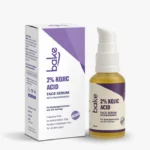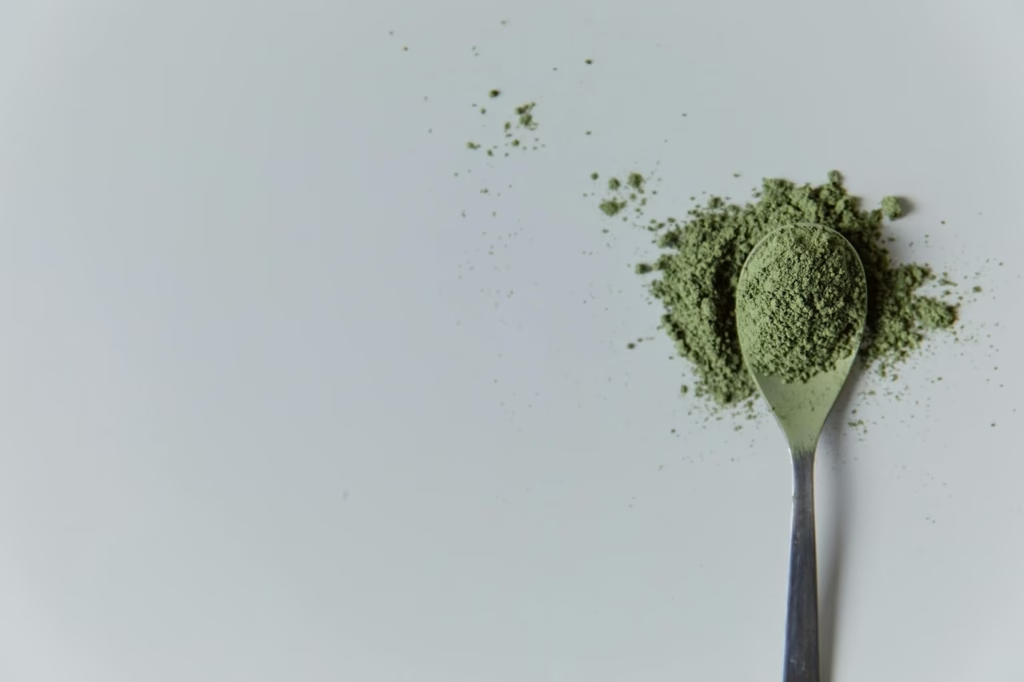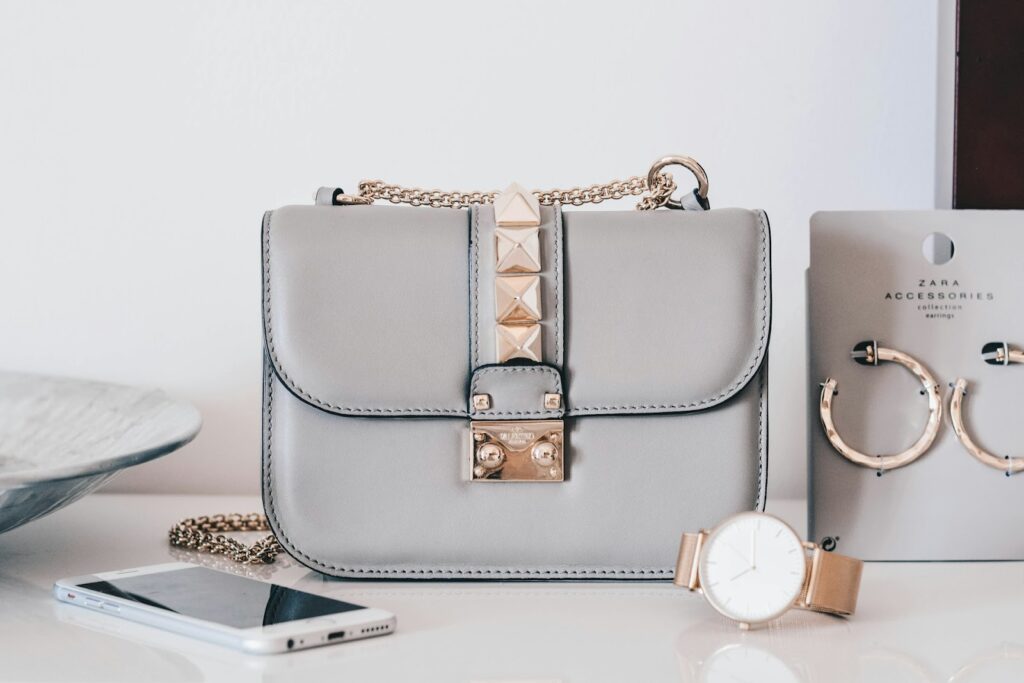
Travel can be tough on your bags. Between airport floors, hotel rooms, and countless hands touching your luggage, your beloved bag picks up dirt, stains, and odors that need proper attention. The key is knowing exactly what your bag is made of and using the right cleaning method for that specific material.
Know Your Bag Material First
Before you grab any cleaning product, flip your bag inside out and look for care labels. Most quality bags have a small tag sewn inside that tells you the material composition. If there’s no label, here’s how to identify common bag materials:
- Leather feels smooth or textured and has a distinctive smell. Real leather will have slight imperfections and grain patterns.
- Canvas feels sturdy and woven, similar to heavy fabric. It’s usually cotton or cotton blends.
- Nylon feels smooth and slightly slippery. It’s lightweight and often has a subtle shine.
- Polyester feels similar to nylon but is often more textured and less shiny.
- Suede feels soft and fuzzy, like velvet but thicker.
- Vinyl or faux leather feels smooth but is often stiffer than real leather, with a more uniform appearance.
Pre-Cleaning Steps That Save Your Bag
Empty everything out of your bag completely. Check every pocket, compartment, and fold. Shake the bag upside down to remove loose debris like crumbs, sand, or small particles.
Remove any detachable parts like straps, key chains, or decorative elements. These often need different cleaning methods from the main bag.
Take photos of any existing damage or stains. This helps you track whether your cleaning method is working or if you need expert help.
Test any cleaning product on a hidden area first. The inside bottom corner or under a flap works well. Wait 24 hours to see if the material changes color, texture, or shows damage.
Cleaning Leather Bags the Right Way
Leather needs gentle care because harsh chemicals can crack, discolor, or dry out the material.
Start with a dry microfiber cloth to wipe away surface dirt and dust. Always wipe in one direction, not in circles, to avoid scratching.
For deeper cleaning, use a leather cleaner specifically made for your type of leather. Saddle soap works for most leather types, but exotic leathers like crocodile or snake need specialized products.
Apply the cleaner to a clean cloth, not directly to the bag. Work in small sections, gently rubbing the cleaner into the leather. Don’t soak the material.
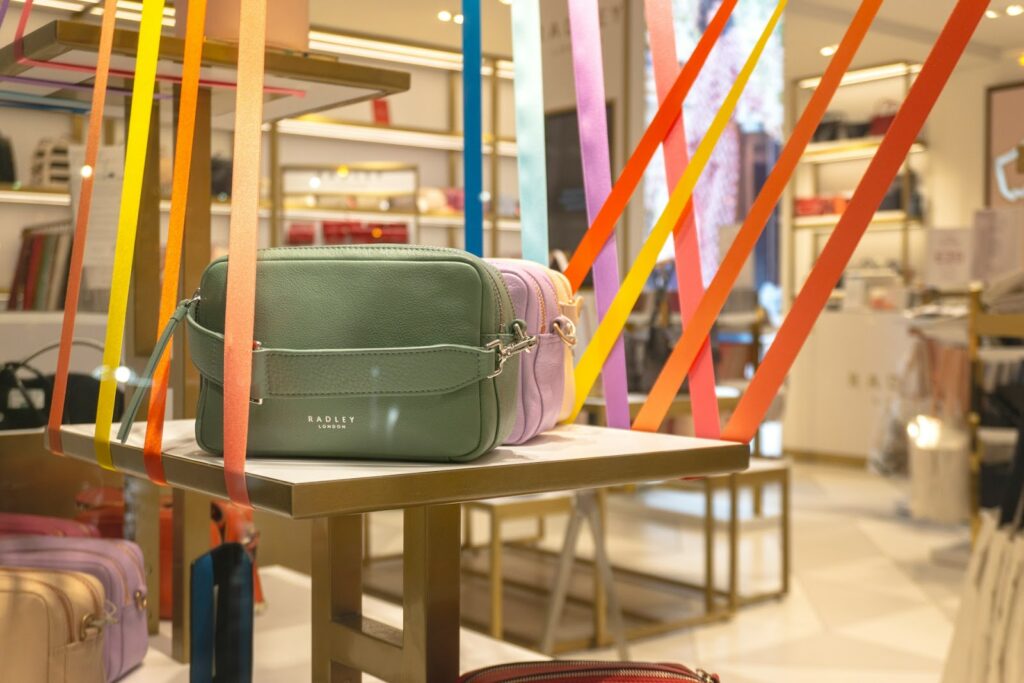
After cleaning, let the bag air dry completely away from direct sunlight or heat sources. This prevents cracking and warping.
Once dry, apply a leather conditioner to restore moisture and flexibility. Use a product that matches your leather type and color.
For stubborn stains on leather, try a paste made from equal parts lemon juice and cream of tartar. Let it sit for 10 minutes, then wipe away with a damp cloth. This works especially well for ink stains.
Canvas and Fabric Bag Cleaning Methods
Canvas bags are generally more forgiving than leather, but they can shrink or fade if cleaned incorrectly.
Check if your canvas bag has leather trim. If it does, avoid getting the leather parts wet during cleaning.
For light cleaning, use a soft brush or cloth with mild soap and warm water. Dawn dish soap works well because it cuts through oils without being too harsh.
For machine washing, only do this if the care label specifically says it’s safe. Use cold water and a gentle cycle. Never put canvas bags in the dryer – the heat can cause shrinking and warping.
For spot cleaning stains, make a paste with baking soda and water. Apply it to the stain, let it sit for 30 minutes, then scrub gently with a soft brush. Rinse with clean water and blot dry.
White canvas bags can be brightened with a mixture of water and white vinegar. Use one part vinegar to three parts water, apply with a cloth, then rinse thoroughly.
Synthetic Materials: Nylon and Polyester Care
Synthetic materials are usually the easiest to clean because they’re designed to resist stains and moisture.
Most nylon and polyester bags can handle soap and water cleaning. Use a mild detergent mixed with warm water.
For the exterior, use a soft cloth or sponge to wipe down all surfaces. Pay special attention to handles and zippers where dirt accumulates.
For the interior, turn the bag inside out if possible. Wipe down with a disinfectant wipe or cloth dampened with rubbing alcohol to kill germs picked up during travel.
Many synthetic bags can go in the washing machine on a gentle cycle. Remove any metal hardware first if possible, and wash in cold water. Air dry only.
For tough stains on synthetic materials, try a mixture of equal parts white vinegar and water. Let it sit for 15 minutes before wiping clean.
Tackling Specific Travel Stains
- Food and drink spills should be blotted immediately, never rubbed. For dried spills, scrape off any residue first, then clean according to your bag’s material.
- Ink stains respond well to rubbing alcohol on synthetic materials. For leather, try the lemon juice and cream of tartar paste mentioned earlier.
- Grease stains can often be lifted with cornstarch or baby powder. Sprinkle it on, let it sit overnight to absorb the oil, then brush away and clean normally.
- Sweat and body oil stains usually come out with mild soap and water, but you might need to repeat the process several times.
- Makeup stains often respond to makeup remover wipes, but test first to make sure they don’t damage your bag material.
Dealing with Odors After Travel
Travel odors come from everything your bag encounters – airplane cabins, hotel rooms, restaurants, and more.
Start by airing out your bag in a well-ventilated area for at least 24 hours. Sometimes this alone solves the problem.
For persistent odors in fabric or synthetic bags, sprinkle baking soda inside, close the bag, and let it sit overnight. Vacuum out the baking soda the next day.
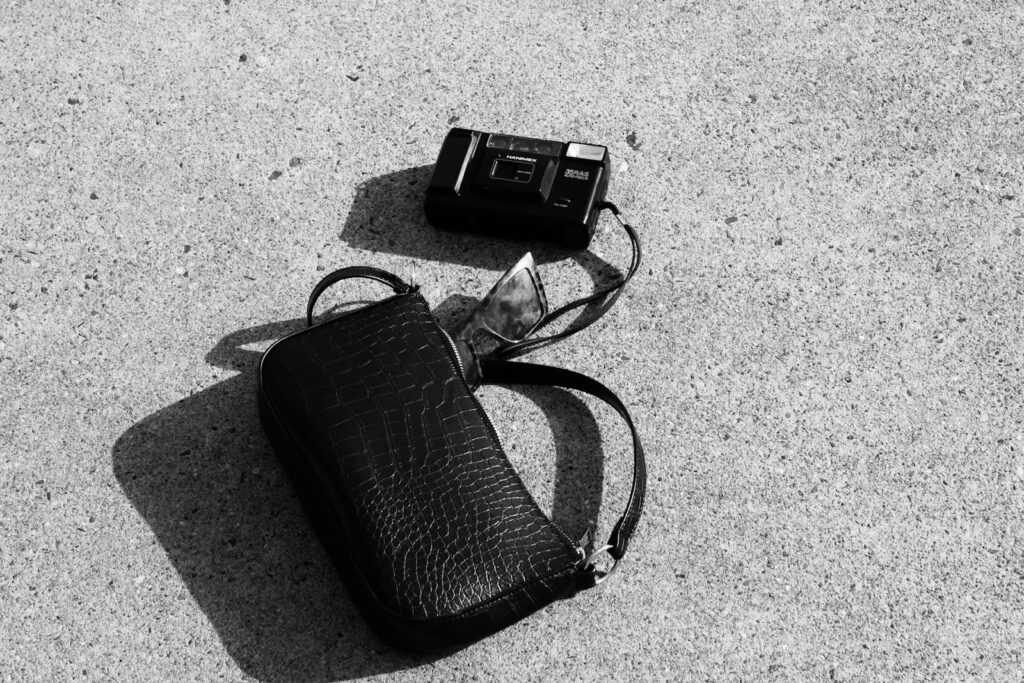
Activated charcoal bags work well for absorbing odors. Place one inside your bag for a few days.
For leather bags with odors, wipe the interior with a cloth lightly dampened with white vinegar, then air dry completely.
Coffee grounds in a sock or fabric pouch can absorb odors naturally. Leave them in your bag for a few days, but make sure they can’t spill out.
Hardware and Zipper Maintenance
Metal hardware like buckles, clasps, and zipper pulls needs attention too. Use a soft cloth with mild soap and water to clean them.
For tarnished metal, try a mixture of baking soda and water to make a paste. Rub gently with a soft cloth, then wipe clean.
Stuck zippers often respond to a bar of soap rubbed along the zipper teeth, or you can use a graphite pencil to lubricate them.
Clean zipper teeth with an old toothbrush and mild soap to remove dirt and debris that can cause sticking.
Drying and Storage After Cleaning
Never use direct hea,t like hair dryers or radiators, to dry your bag. This can cause cracking, warping, or shrinking.
Stuff cleaned bags with clean towels or tissue paper to help them maintain their shape while drying.
Make sure your bag is completely dry before storing it. Trapped moisture leads to mold and mildew.
Store clean bags in dust bags or pillowcases to protect them from dust and scratches.
For leather bags, avoid plastic storage bags, which can trap moisture. Use breathable fabric bags instead.
When to Call in Professional Help
Some situations require delicate cleaning services, which include:
- Expensive designer bags cleaning with complex construction.
- Exotic leather like crocodile, ostrich, or snake skin.
- Bags with significant water damage or mold.
- Vintage bags, where DIY cleaning might cause irreversible damage.
- When home cleaning attempts have made stains worse.
Professional cleaners have specialized equipment and products that aren’t available to consumers. They can often save bags that seem beyond help.
Prevention Tips for Your Next Trip
The best cleaning is the kind you don’t have to do. Here’s how to protect your bag during travel:
- Pack a small microfiber cloth to wipe down your bag daily during your trip.
- Use packing cubes or zip-lock bags for toiletries and liquids to prevent spills inside your bag.
- Keep your bag off bathroom floors and other dirty surfaces when possible.
- Apply leather protector spray before traveling if you have leather bags.
- Consider bringing a backup bag for dirty laundry or wet items to keep your main bag clean.
Final Thoughts
Your travel bag is an investment that deserves proper care. Taking time to clean it correctly after each trip extends its life and keeps it looking good for years. Remember that different materials need different approaches, and when in doubt, start with the gentlest method first. A well-maintained bag not only looks better but also protects your belongings better on future adventures.

